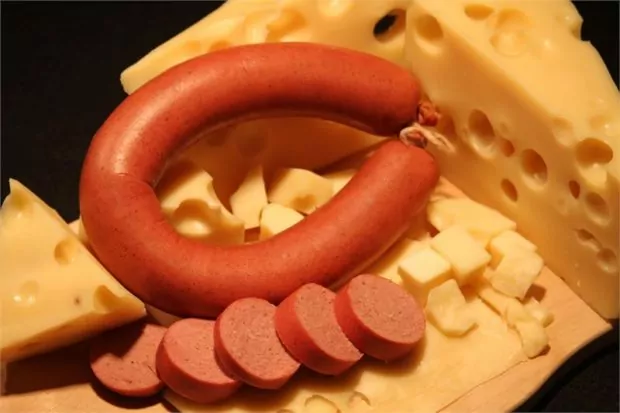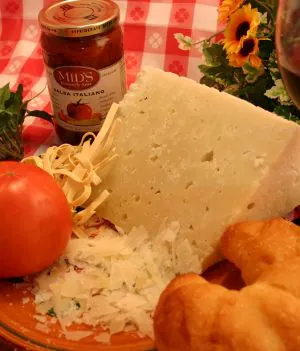Blog
Cheesemaking: How To Make Bel Pease Cheese
Even though this cheese is usually made with pasteurized milk, you can make it with high-quality raw milk if you so wish. However, this recipe does use pasteurized milk.
If you are going to make your own version using raw milk, be sure to decrease the culture amounts by around 40% and the rennet by 20-30%, depending on the specific milk you use.
Recipe







